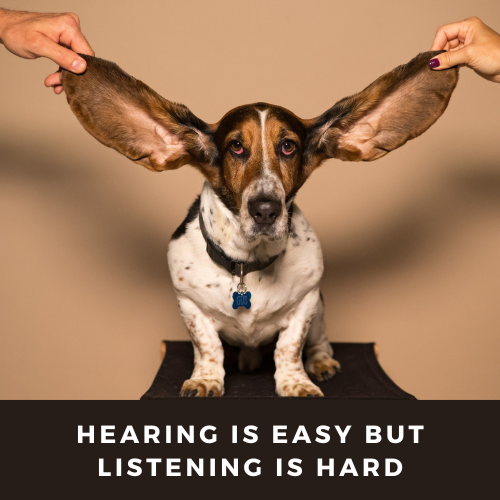Embrace Your Inner Grump
Spring is here, offering light and growth in one breath and freezing temperatures with the next. It’s a good metaphor for the constant ups and downs of life, really: One minute everything is going along sunnily and the next minute you’re grouchily facing an unexpected “challenge.” I know the feeling all too well.
But what I didn’t know is that we could all benefit from embracing our inner grump once in a while.
According to a recent Inc.com article, the brain’s amygdala “interprets feelings of grumpiness, irritation, or anger as a sign of trouble and deploys chemical resources to help you deal with the situation.” Studies show that some irritation and pessimism is actually a good thing. And we can learn a lot from our less optimistic team members because they challenge us to think outside the box rather than lead with blind optimism.
When you feel frustrated or peeved, you can leverage your pessimism to, among other things:
Negotiate more effectively
Analyze problems more creatively
Make better decisions
This doesn’t mean that having a full-on hissy fit is the way to go, of course. Or that it’s beneficial to continually vent your frustrations. Just the opposite, in fact. Hitching a never-ending ride on the negativity train doesn’t benefit anyone.
It’s all a matter of listening to what your brain and body are telling you and harnessing that information in a productive way.
If you’re a list-maker like I am, writing down your annoyances can be helpful. Finding creative solutions to those issues is even more helpful. And sometimes we all need help to do that. Reach out to your colleagues and friends to figure out how to embrace your own inner grump and make it work in a positive way for you and your team.
-Michelle Kelly, CEO (Chief Enjoyment Officer)
P.S. Need some help figuring out how to creatively turn your business negatives into something more inspiring? Let us help.
Recommended Reading
Supercommunicators: How to Unlock the Secret Language of Connection
by Charles Duhigg
I’m currently reading Supercommunicators, which I can already tell is going to elevate my communication skills. Maybe it would be way too optimistic of me to say I’m going to become a supercommunicator, but I do believe I will become a better communicator thanks to this book.
Duhigg’s main premise is very intriguing to me: There are different kinds of conversations and you need to know which one you’re actually having. It’s a simple but profound concept!
If you can discover the hidden layers that lie beneath conversations, it’s possible to connect with anyone.




